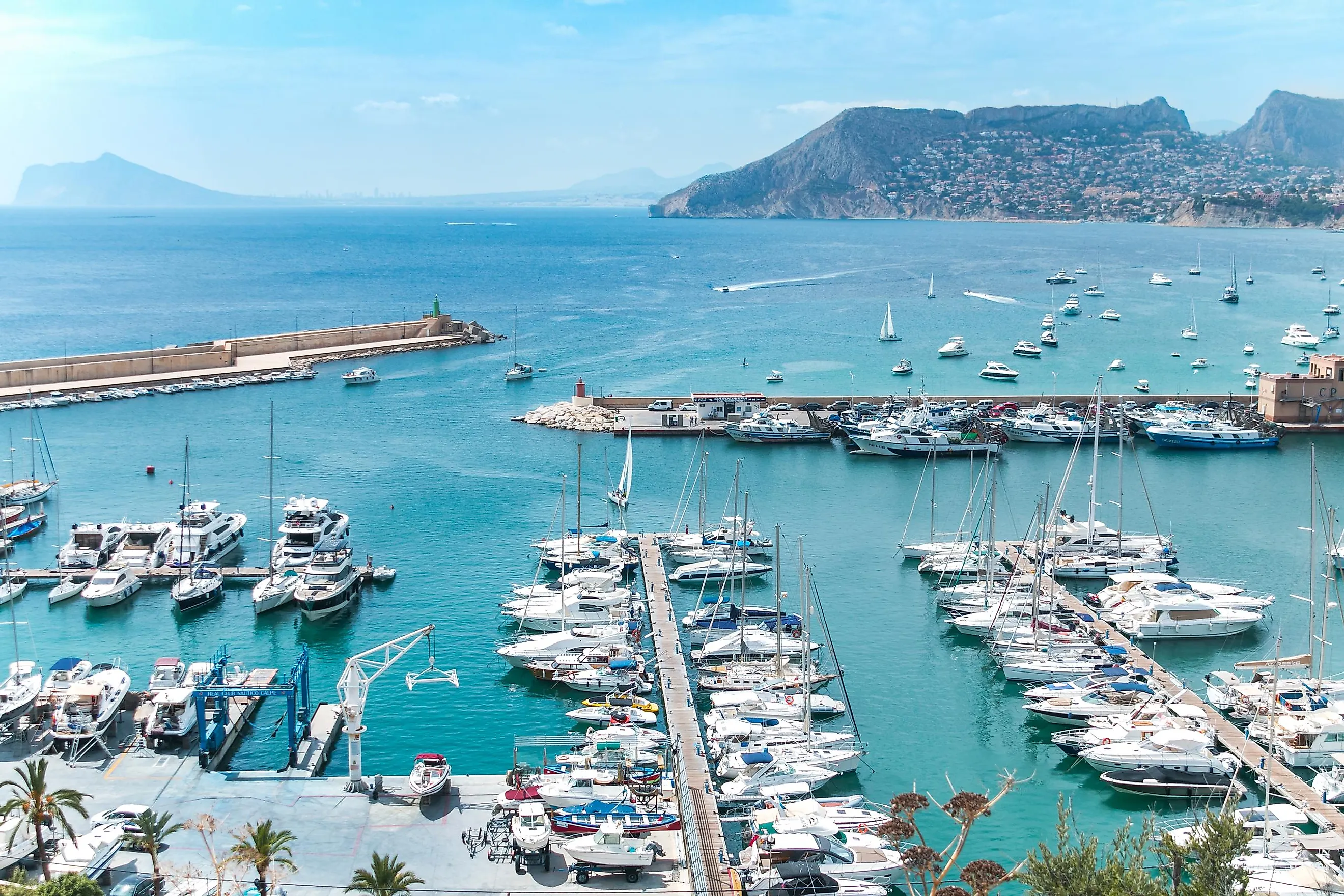
Gulf Of Valencia
Also referred to as Golfo de Valencia in Spanish, the Gulf of Valencia, located on Spain’s eastern coast, is an inlet or gulf of the western Mediterranean Sea. Bifurcated by the Prime Meridian, the Gulf of Valencia also houses the Columbretes Islands, which are a collection of tiny uninhabited islets of volcanic origin.
Geography Of The Gulf Of Valencia
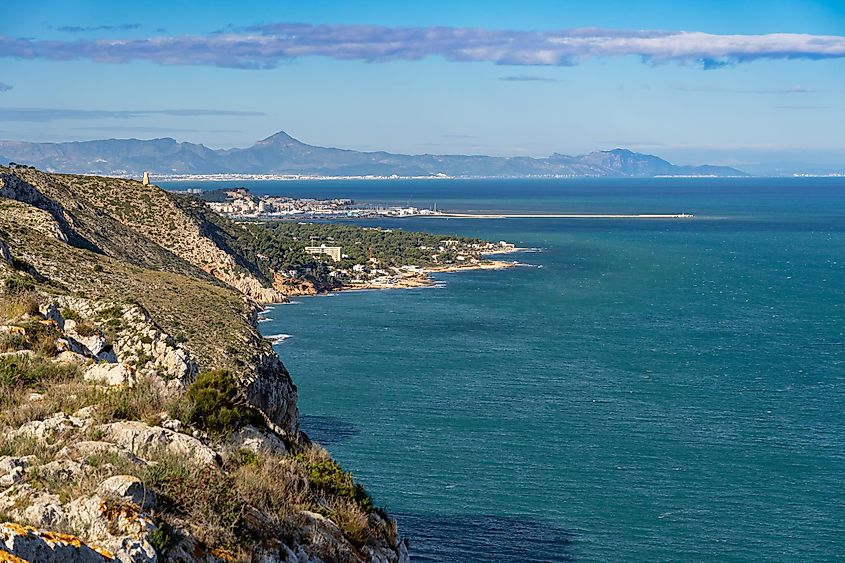
Located on the eastern coast of Spain, the Gulf of Valencia is limited to the south by the Cap de la Nau headland. However, the Gulf’s northern limit is relatively dispersed. According to some sources, the Cape of Vinaros is considered the northern limit, while other sources consider the Ebre Delta as the northern limit of the gulf. It is to be noted that if the Cape of Vinaros is considered the northern limit, the Gulf falls entirely within the boundaries of the autonomous Valencian Community. If the Ebre Delta is considered, then the northern coast of the Gulf forms a part of Southern Catalonia.
The coastal regions along the Gulf of Valencia are characterized by sandy plains with beaches. Coastal marshes dot the shoreline, of which L’Albufera de Valencia, a freshwater lagoon and estuary, and a Ramsar wetland is the most notable. The Gulf of Valencia area serves as one of the most excellent examples of a region in Spain that experiences a Mediterranean Climate. Moreover, the coastal region along the Gulf of Valencia is quite densely populated, having one of the highest population densities in the country.
History Of The Gulf Of Valencia
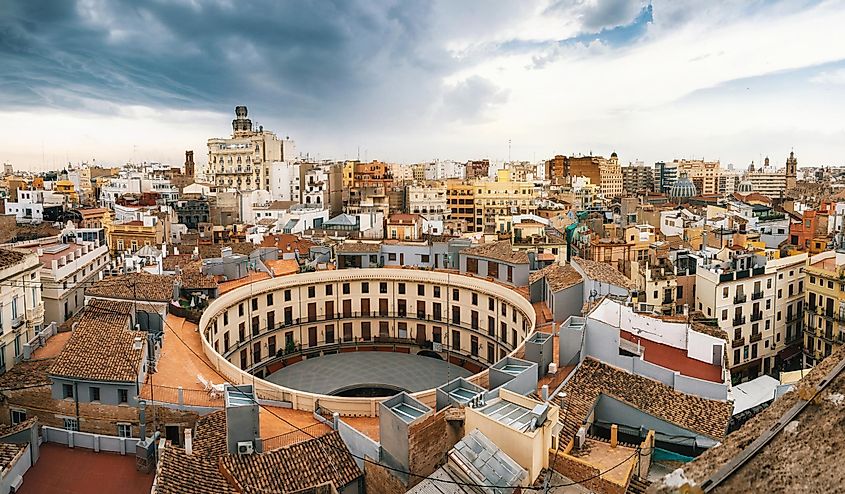
Established in 138 BC as a Roman colony, the city of Valencia, fronting the Gulf of Valencia, prospered significantly and developed into one of the biggest European cities by the end of the 15th century. However, the absence of natural harbors along the Gulf’s coastline prevented the development of commercial sea trade. In 1483, King Ferdinand the Catholic granted the Valencian nobleman Antoni Joan permission to construct a wooden bridge on the Garo District beach. From then onwards, until the 19th century, many projects have been carried out, although the port was not much successful due to the frequent flooding by the Turia River and continuous movements of sand on the beaches. In spite of all this, traffic increased over the years, and in 1679 trading privileges with other sovereign nations were granted by the King. In recent times, the Port of Valencia has developed as one of the Mediterranean’s busiest ports and Europe’s fifth-busiest seaport.
Ecology Of The Gulf Of Valencia
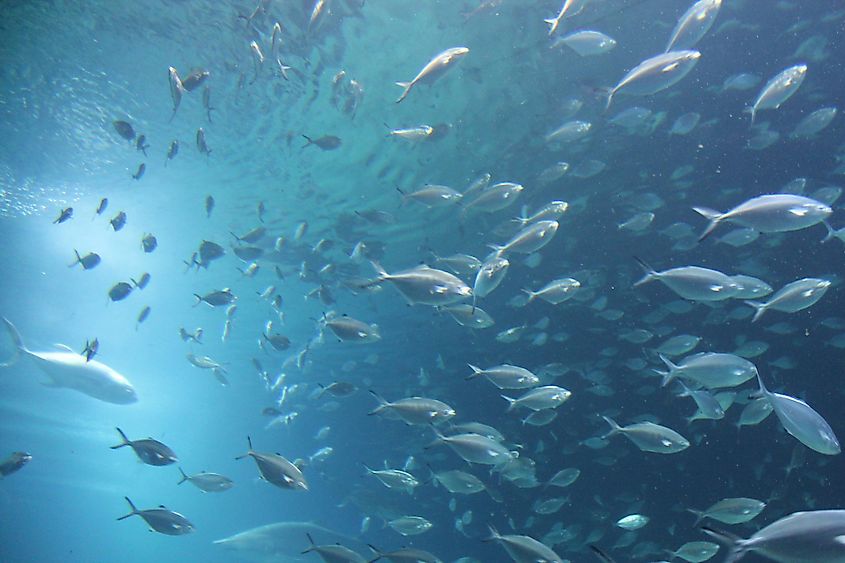
The shoreline of the Gulf of Valencia is dotted by coastal marshes, of which L’ Albufera de Valencia, a large freshwater lagoon, estuary, and a Ramsar wetland is the most notable. Covering a surface area of 52,200 acres, L’ Albufera de Valencia is the main part of “Parc Natural del’Albufera de Valencia” (The Valencian Albufera Nature Park and Lagoon). This wetland is exceptionally biodiverse, containing a high number of both endemic and endangered floral and faunal species. Approximately 45 different faunal species, most being waterbirds, are observed in the area. Some of the well-known waterbirds found here include the Northern shoveler, Glossy ibis, red-crested pochard, Squacco heron, and Gull-billed tern. Due to the presence of some notable endemic fishes like Valencia tooth carp and Spanish killifish, fishing is one of the most important activities here, attracting anglers and fishing enthusiasts from all over the world.
Attractions Around The Gulf Of Valencia
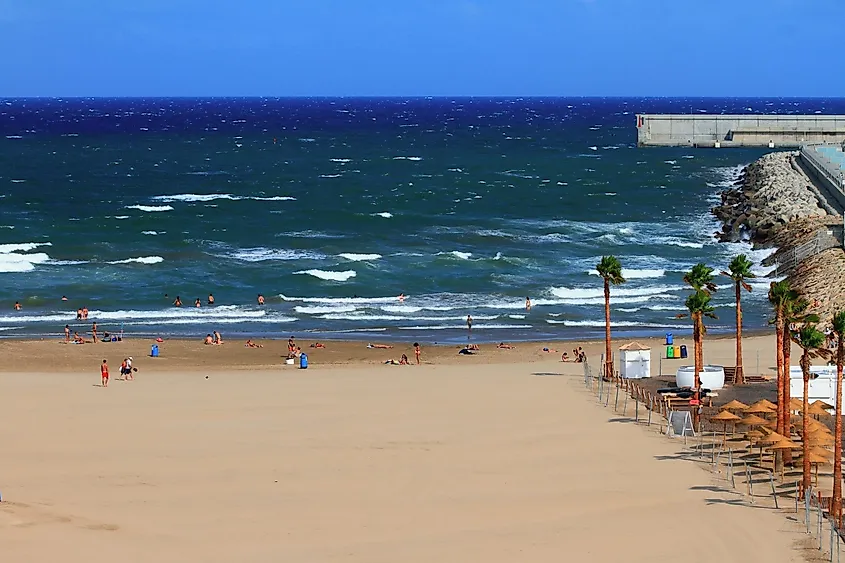
The city of Valencia, located on the Iberian Peninsula’s eastern coast fronting the Gulf of Valencia, is currently Spain’s third-most populated municipality. From being a major industrial center in the initial years, the city rapidly transformed by expanding its cultural and tourism potentialities. Several local landmarks, like the Sant Miquel dels Reis monastery, Serrans, and Quart Towers, etc, have been restored. Along the beaches on the port’s northern side, a 2-mile-long promenade lined by palm trees has been constructed. Moreover, the city has many convention centers and venues for hosting local festivals, of which the traditional Falles celebration held annually in March, has been added to the list of UNESCO’s Intangible Cultural Heritage of Humanity in 2016.
Importance Of The Gulf Of Valencia
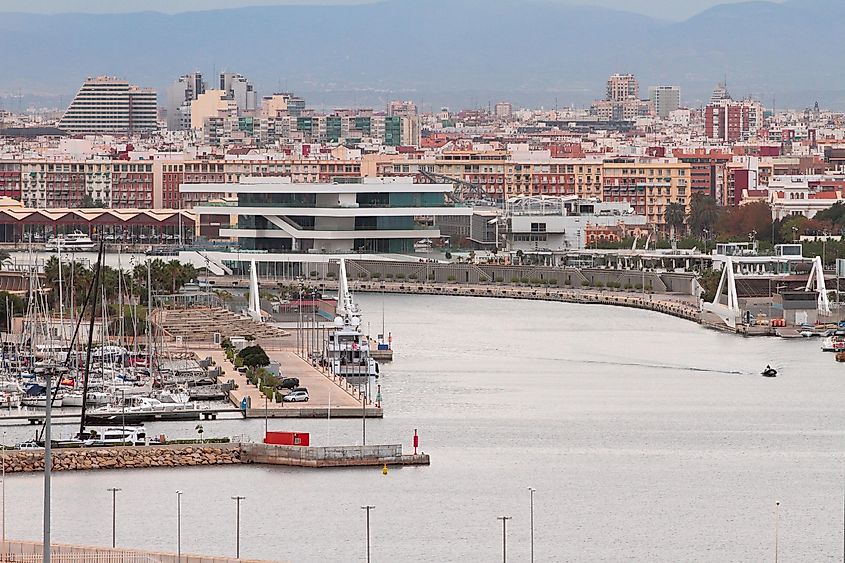
The adjoining regions along the Gulf of Valencia feature low and fertile lands growing rice and citrus trees that bear oranges and lemons. In May 2011, a British Oil and Gas Exploration and development company named Capricorn Energy plc obtained the necessary permissions from the Spanish Government for hydrocarbon exploration and for operating oil platforms and drilling rigs in about 990,000-acre area in the Gulf of Valencia.
However, in recent times, environmental concerns have been raised regarding offshore drilling in the Gulf of Valencia. Nevertheless, the Gulf of Valencia is a crucial waterbody for the region, and adequate measures must be taken by relevant authorities to prevent pollution of the gulf.











